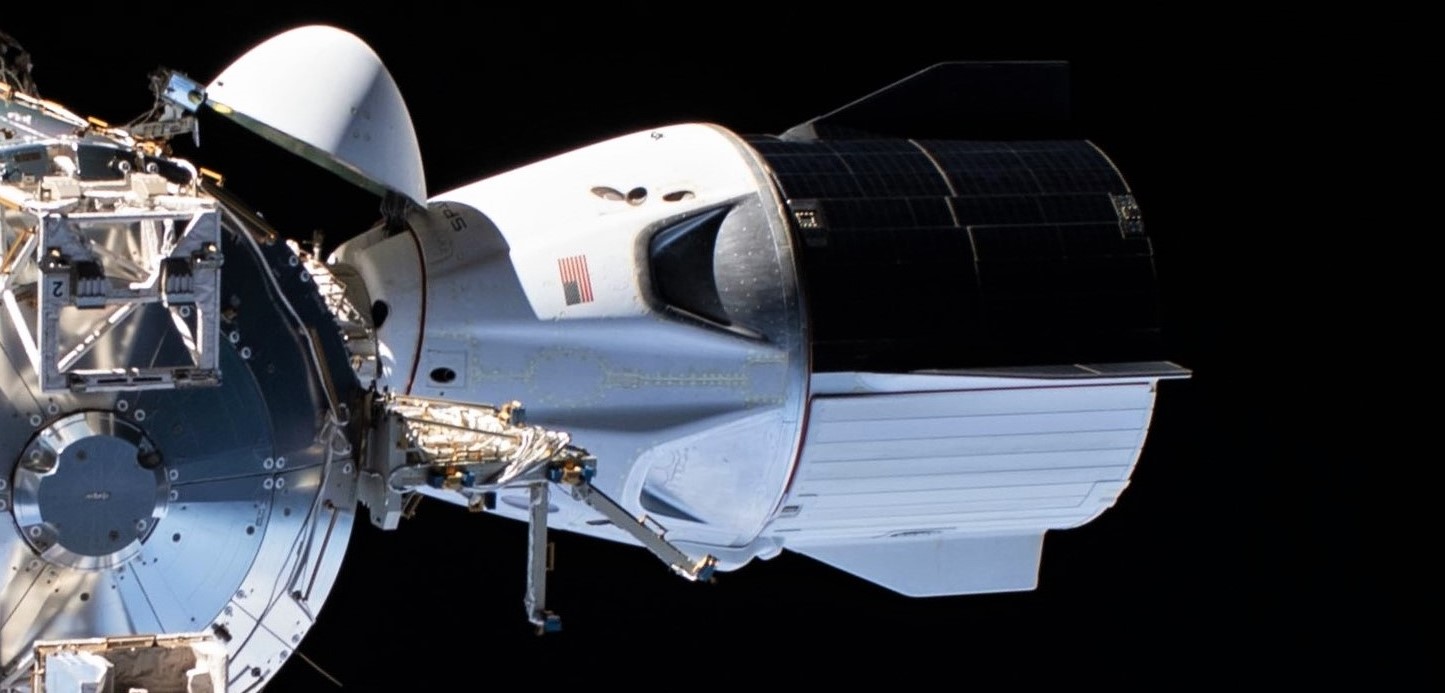
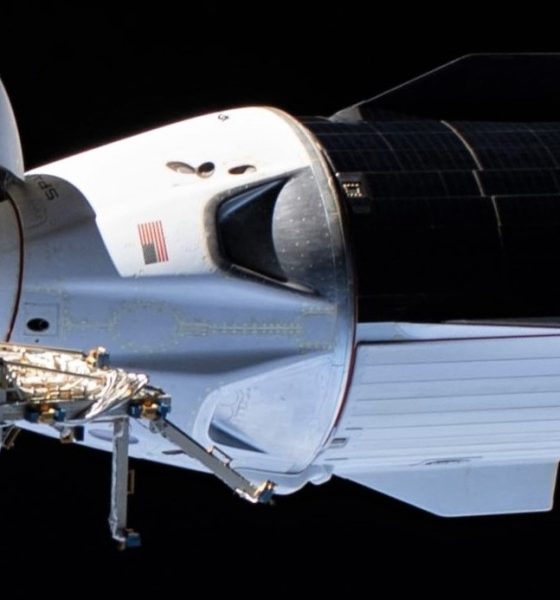
News
SpaceX Dragon spacecraft to have a continual presence in space starting this year
Days after NASA confirmed that SpaceX is on track for a Crew Dragon launch on November 14th and the first Cargo Dragon 2 launch on December 2nd, a company executive says that that back-to-back launch is a sign of things to come.
The first semi-functional Dragon spacecraft flew more than a decade ago in December 2010, followed some 18 months later by vehicle’s second orbital mission, during which SpaceX became the first private company in history to launch and berth a spacecraft with the International Space Station (ISS). Four months after that, Cargo Dragon successfully berthed with the ISS for the second time as part of SpaceX’s first NASA Commercial Resupply Services mission (CRS-1), beginning what would come to be an extraordinarily successful series of 19 operational space station resupply runs, delivering a bit less than 45 metric tons (~100,000 lb) total.
SpaceX fulfilled the entirety of its NASA CRS1 contract in April 2020, effectively retiring the first-generation Dragon spacecraft. Less than two months later, Crew Dragon – an upgraded ‘Dragon 2’ spacecraft – lifted off on its second orbital mission and astronaut launch debut, the flawless completion of which has made SpaceX the first private company in history certified to fly astronauts by a national space agency. Now, perhaps little more than two weeks apart, SpaceX is on track to attempt its first operational astronaut launch and the first launch of an upgraded Cargo Dragon spacecraft under a new NASA CRS2 cargo contract.
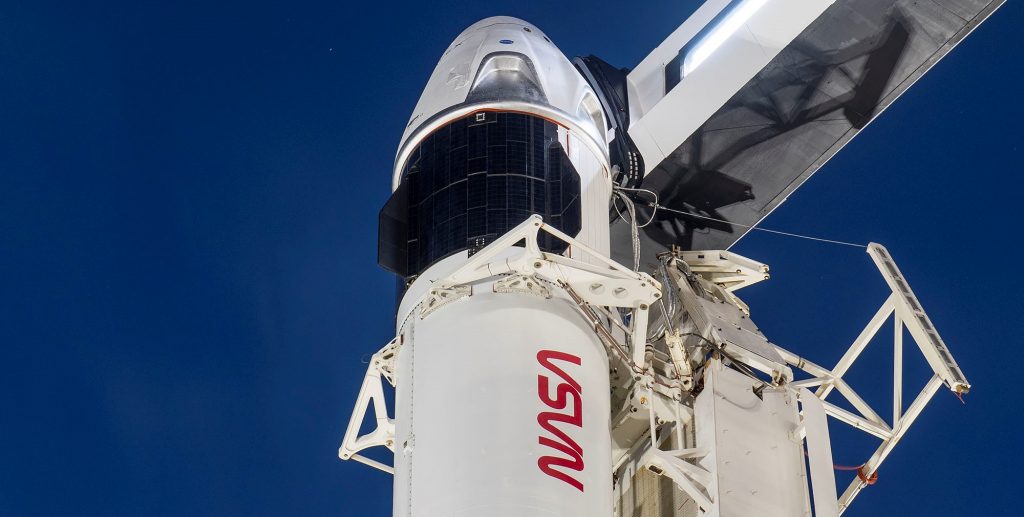
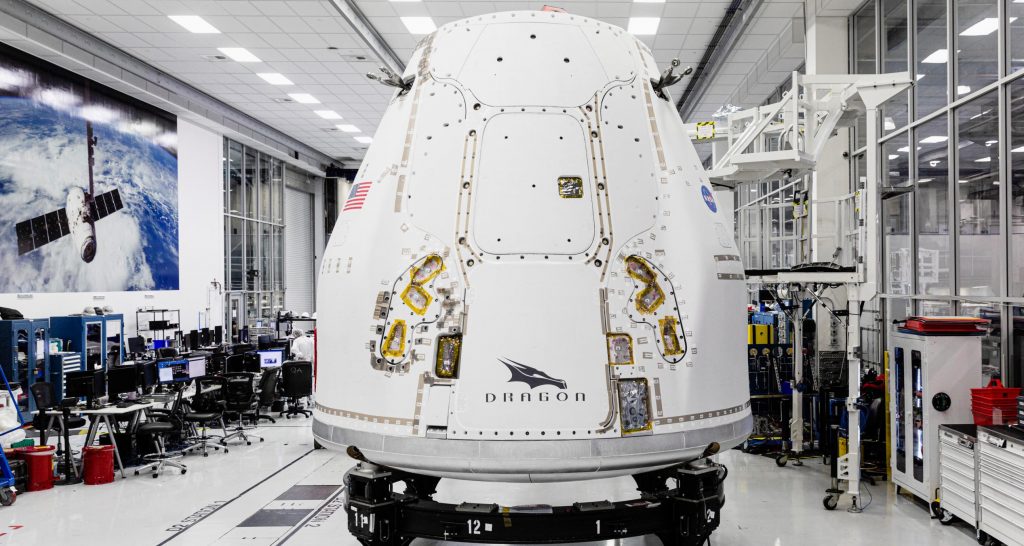
Speaking in a November 10th press teleconference focused first and foremost on Crew Dragon’s imminent operational launch debut, SpaceX executive Benji Reed – taking a well-earned stance of confidence – revealed some impressive details about what to expect from Dragon going forward.
“Over the next 15 months, we will fly seven Crew and Cargo Dragon missions for NASA. That means that starting with Crew-1, there will be a continuous presence of SpaceX Dragons on orbit. Starting with the cargo mission CRS-21, every time we launch a Dragon, there will be two Dragons in space – simultaneously – for extended periods of time. Truly, we are returning the United States’ capability for full launch services and we are very, very honored to be a part of that.”
Benji Reed, SpaceX – November 10th, 2020
In short, SpaceX has seven Dragon launches scheduled between November 2020 and January 2022, necessitating an average cadence of one Dragon mission every two or so months. To accomplish that feat, SpaceX will begin to delve deep into reusability, reusing both Crew and Cargo Dragons and the Falcon 9 boosters tasked with launching them. The first of those reuses is schedule as soon as March 2021, in which four astronauts will launch on a flight-proven booster, inside a flight-proven orbital spacecraft, to the International Space Station.
Meanwhile, thanks to NASA’s plans to extend the amount of time uncrewed Cargo Dragon 2 spacecraft spend in orbit at the ISS and an average of two six-month Crew Dragon missions annually, SpaceX could find itself maintaining a continuous presence in space starting as soon as November 14th. As Reed notes, that also means that every two Dragons will be simultaneously operating in low Earth orbit (LEO) every time SpaceX launches a Cargo Dragon resupply mission.
Roscosmos, Russia’s national space agency, is the only other entity on Earth that can claim a similar capability – now used to simultaneously operating multiple Soyuz crew and Progress cargo spacecraft in orbit after almost a decade spent serving as the sole bridge between Earth and the ISS. If SpaceX’s Crew-1 Crew Dragon and CRS-21 Cargo Dragon launches are successful, the private US company will effectively become the backbone of US spaceflight, almost singlehandedly reasserting the country’s position as a competitive space power.

News
Tesla Insurance officially expands to new U.S. state
Tesla’s in-house Insurance program first launched back in late 2019, offering a new way to insure the vehicles that was potentially less expensive and could alleviate a lot of the issues people had with claims, as the company could assess and repair the damage itself.
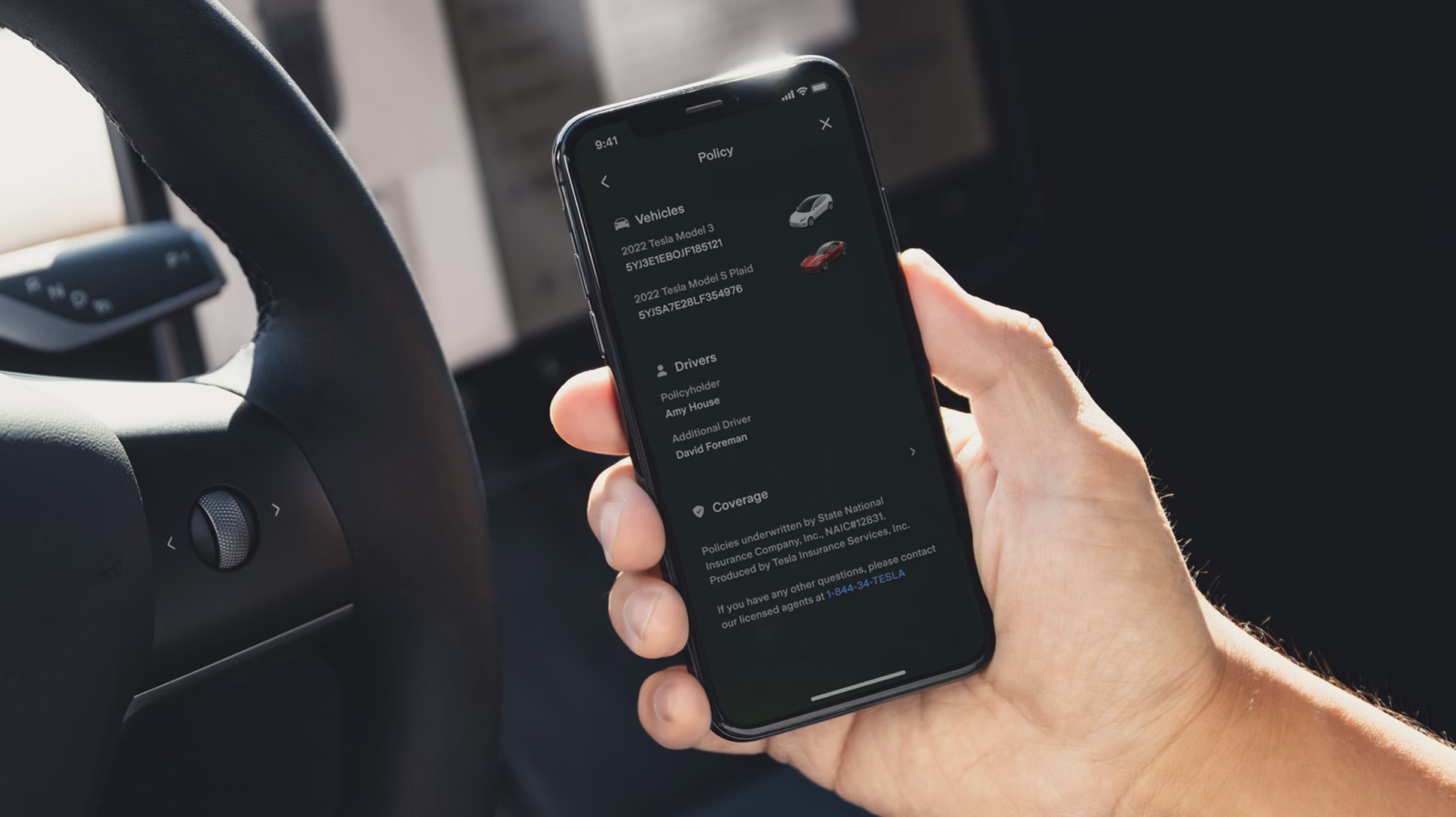
Tesla Insurance has officially expanded to a new U.S. state, its thirteenth since its launch in 2019.
Tesla has confirmed that its in-house Insurance program has officially made its way to Florida, just two months after the company filed to update its Private Passenger Auto program in the state. It had tried to offer its insurance program to drivers in the state back in 2022, but its launch did not happen.
Instead, Tesla refiled the paperwork back in mid-October, which essentially was the move toward initiating the offering this month.
BREAKING: Tesla Insurance has just officially launched in Florida.
This is the first new state to receive @Tesla Insurance in more than 3 years. In total, Tesla insurance is now available in 13 U.S. states (map in thread below of all the states).
Tesla Insurance in Florida uses… pic.twitter.com/bDwh1IV6gD
— Sawyer Merritt (@SawyerMerritt) December 17, 2025
Tesla’s in-house Insurance program first launched back in late 2019, offering a new way to insure the vehicles that was potentially less expensive and could alleviate a lot of the issues people had with claims, as the company could assess and repair the damage itself.
It has expanded to new states since 2019, but Florida presents a particularly interesting challenge for Tesla, as the company’s entry into the state is particularly noteworthy given its unique insurance landscape, characterized by high premiums due to frequent natural disasters, dense traffic, and a no-fault system.
Annual average premiums for Florida drivers hover around $4,000 per year, well above the national average. Tesla’s insurance program could disrupt this, especially for EV enthusiasts. The state’s growing EV adoption, fueled by incentives and infrastructure development, aligns perfectly with Tesla’s ecosystem.
Moreover, there are more ways to have cars repaired, and features like comprehensive coverage for battery damage and roadside assistance tailored to EVs address those common painpoints that owners have.
However, there are some challenges that still remain. Florida’s susceptibility to hurricanes raises questions about how Tesla will handle claims during disasters.
Looking ahead, Tesla’s expansion of its insurance program signals the company’s ambition to continue vertically integrating its services, including coverage of its vehicles. Reducing dependency on third-party insurers only makes things simpler for the company’s automotive division, as well as for its customers.
News
Tesla Full Self-Driving gets sparkling review from South Korean politician
“Having already ridden in an unmanned robotaxi, the novelty wasn’t as strong for me, but it drives just as well as most people do. It already feels like a completed technology, which gives me a lot to think about.”
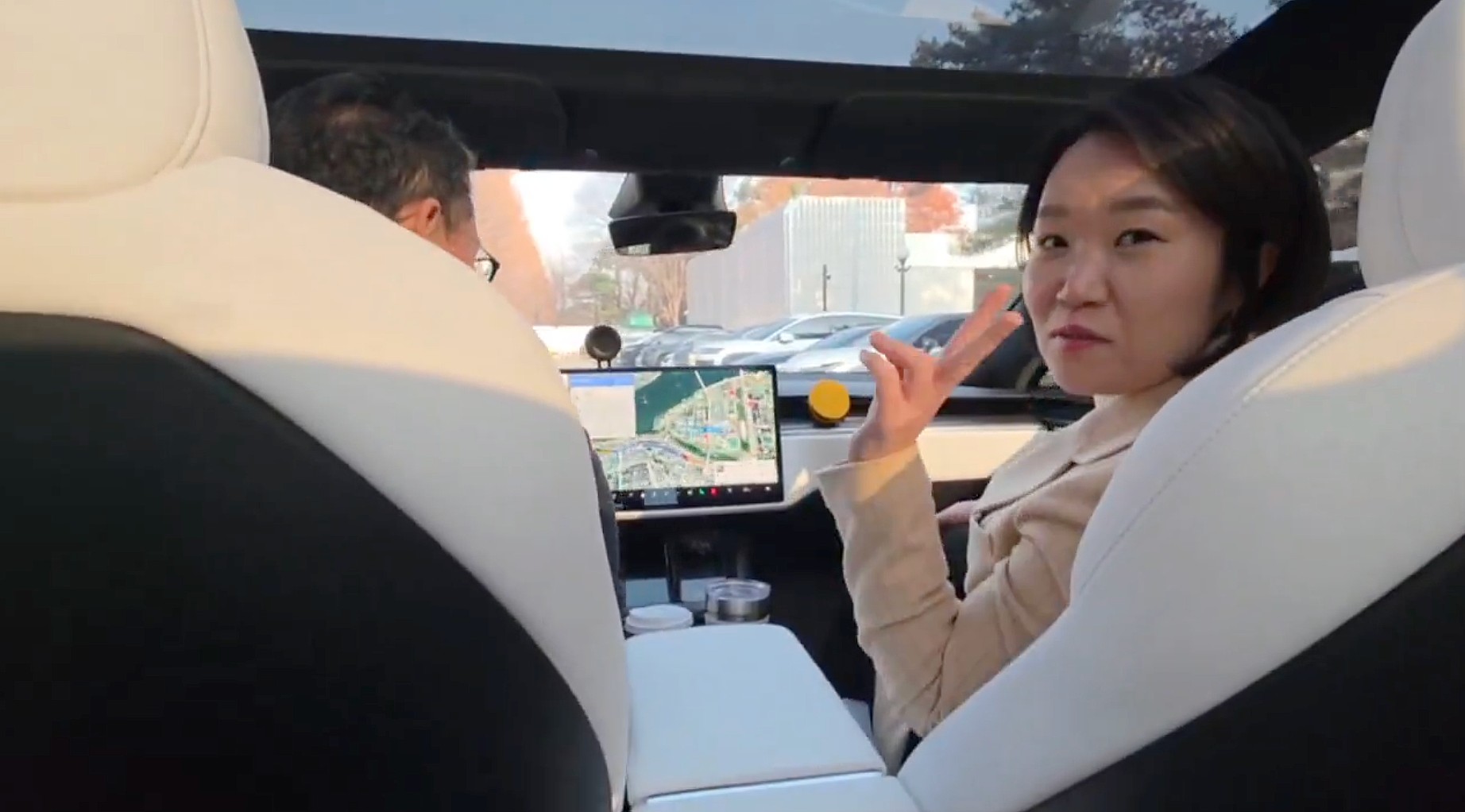
Tesla Full Self-Driving got its first sparkling review from South Korean politician Lee So-young, a member of the country’s National Assembly, earlier this week.
Lee is a member of the Strategy and Finance Committee in South Korea and is a proponent of sustainable technologies and their applications in both residential and commercial settings. For the first time, Lee was able to utilize Tesla’s Full Self-Driving technology as it launched in the country in late November.
Her thoughts on the suite were complimentary to the suite, stating that “it drives just as well as most people do,” and that “it already feels like a completed technology.”
드디어 오늘, 서울에서 테슬라 FSD 체험 했습니다.
JiDal Papa님의 모델S 협찬에 힘입어^^ 파파님 정말 감사합니다.
국회 -> 망원시장 -> 홍익대 -> 국회 복귀 코스였고요.
이미 무인 로보택시를 타봐서 그런지 신기함은
덜했지만, 웬만한 사람만큼 운전을 잘하네요.이미 완성된 기술이라고… pic.twitter.com/8pAidHBpRG
— 이소영 국회의원 (Soyoung Lee) (@im_soyounglee) December 17, 2025
Her translated post says:
“Finally, today I got to experience Tesla FSD in Seoul. Thanks to the Model S sponsored by JiDal Papa^^, I’m truly grateful to Papa. The route was from the National Assembly -> Mangwon Market -> Hongik University -> back to the National Assembly. Having already ridden in an unmanned robotaxi, the novelty wasn’t as strong for me, but it drives just as well as most people do. It already feels like a completed technology, which gives me a lot to think about. Once it actually spreads into widespread use, I feel like our daily lives are going to change a lot. Even I, with my license gathering dust in a drawer, don’t see much reason to learn to drive a manual anymore.”
Tesla Full Self-Driving officially landed in South Korea in late November, with the initial launch being one of Tesla’s most recent, v14.1.4.
It marked the seventh country in which Tesla was able to enable the driver assistance suite, following the United States, Puerto Rico, Canada, China, Mexico, Australia, and New Zealand.
It is important to see politicians and figures in power try new technologies, especially ones that are widely popular in other regions of the world and could potentially revolutionize how people travel globally.
News
Tesla dispels reports of ‘sales suspension’ in California
“This was a “consumer protection” order about the use of the term “Autopilot” in a case where not one single customer came forward to say there’s a problem.
Sales in California will continue uninterrupted.”

Tesla has dispelled reports that it is facing a thirty-day sales suspension in California after the state’s Department of Motor Vehicles (DMV) issued a penalty to the company after a judge ruled it “misled consumers about its driver-assistance technology.”
On Tuesday, Bloomberg reported that the California DMV was planning to adopt the penalty but decided to put it on ice for ninety days, giving Tesla an opportunity to “come into compliance.”
Tesla enters interesting situation with Full Self-Driving in California
Tesla responded to the report on Tuesday evening, after it came out, stating that this was a “consumer protection” order that was brought up over its use of the term “Autopilot.”
The company said “not one single customer came forward to say there’s a problem,” yet a judge and the DMV determined it was, so they want to apply the penalty if Tesla doesn’t oblige.
However, Tesla said that its sales operations in California “will continue uninterrupted.”
It confirmed this in an X post on Tuesday night:
This was a “consumer protection” order about the use of the term “Autopilot” in a case where not one single customer came forward to say there’s a problem.
Sales in California will continue uninterrupted.
— Tesla North America (@tesla_na) December 17, 2025
The report and the decision by the DMV and Judge involved sparked outrage from the Tesla community, who stated that it should do its best to get out of California.
One X post said California “didn’t deserve” what Tesla had done for it in terms of employment, engineering, and innovation.
Tesla has used Autopilot and Full Self-Driving for years, but it did add the term “(Supervised)” to the end of the FSD suite earlier this year, potentially aiming to protect itself from instances like this one.
This is the first primary dispute over the terminology of Full Self-Driving, but it has undergone some scrutiny at the federal level, as some government officials have claimed the suite has “deceptive” naming. Previous Transportation Secretary Pete Buttigieg was vocally critical of the use of the name “Full Self-Driving,” as well as “Autopilot.”








